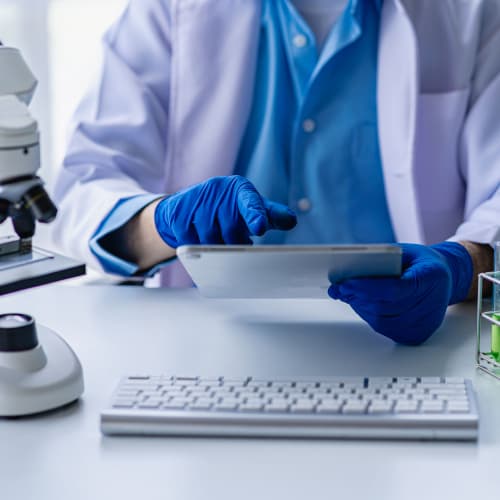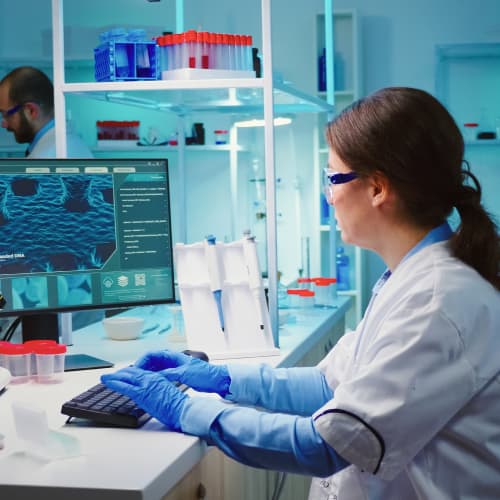USP <85> endotoxin testing detects endotoxin levels in medical devices. Endotoxin testing typically occurs at the batch release stage to ensure that medical devices are free of dangerous endotoxins, which, when introduced into contact with a patient, can cause fever, meningitis, hemorrhagic shock, blood pressure drop, and other dangerous effects.
Per USP <85> endotoxin testing standards, endotoxin levels in a product must register below 0.5 EU/mL at the time of batch release testing in order to be considered acceptable and safe. The USP <85> bacterial endotoxins test applies to any product that contacts intravascular, intrathecal, intraocular, or intralymphatic patient systems.
Medical device endotoxin testing is conducted using Limulus amebocyte lysate (LAL), an extract of blood cells from the Limulus polyphemus horseshoe crab. This extract is known to react to endotoxins in a measurable, repeatable way, and is thus the most consistent testing method readily available for gram-negative bacteria. There are three methodologies for which LAL can be used: gel-clot testing, turbidmetric testing, and chromogenic testing.

